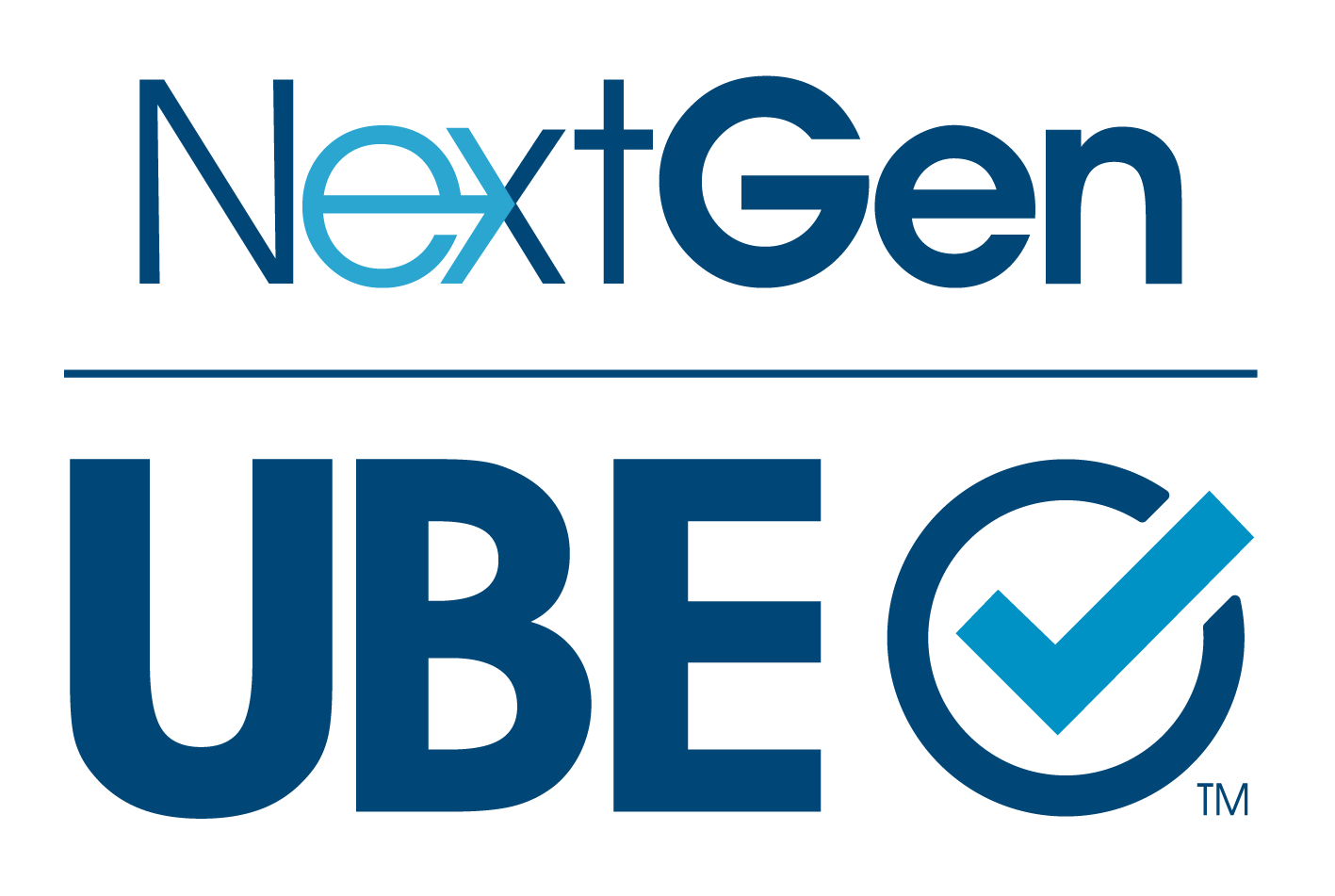Integrated Question Set 2
You are an associate in a law firm. Your supervisor has asked you to work on a case for a new client, a landscaping company who recently completed a major project for a homeowner and is now in a dispute with the homeowner over payment.
The following is an excerpt from an email you received from your supervisor:
We have been unable to negotiate a settlement with the homeowner, so we will file a complaint on behalf of the client against the homeowner. A law clerk created a first draft of the complaint. I need you to make sure that all the language in the draft is factually and legally supported and that it complies with Franklin Rule of Civil Procedure 10(b). I am attaching a transcript of my interview with the client for your reference.
End of excerpt
The following is an excerpt from the transcript of the interview with the owner of the landscaping company:
[Supervisor]: Thank you for meeting with me today. My assistant told me that your company had a landscaping contract with a homeowner who is refusing to pay for the work. Did you bring the contract with you?
[Owner]: Actually, we had two contracts with this homeowner. I didn’t bring them with me, but I can drop them off at your office tomorrow.
[Supervisor]: That’s great. Let’s start at the beginning. What is the problem you’re having with the homeowner on the first contract?
[Owner]: This homeowner recently built a new house and wanted the backyard to be landscaped as a large entertainment space. There is a historic oak tree in the backyard, and she wanted it to be featured in the landscaping design. I visited the property and sketched a plan for the project that featured the oak tree, and then I drew up a contract and attached the landscaping plan as an exhibit. The homeowner signed the contract and paid $70,000 of the $140,000 contract price as a deposit before we started the work.
[Supervisor]: Did you complete the project as it was described in the plan?
[Owner]: Yes. I did everything the homeowner requested, but now she’s refusing to pay the remaining $70,000 because she thinks we did something to damage the oak tree. She says the tree looks sick and that it might be dying. I guess the workers could have damaged its roots, but then again, it’s a very old tree.
[Supervisor]: Okay, that gives me a good start on the issues concerning the first contract. Now tell me about the second contract.
[Owner]: After we started work on the project, the homeowner asked if we could add a large fishpond to the backyard. I said we could do it for $20,000. She agreed to that and I drew up another contract, which she signed. I billed her when we finished the work, but now she’s refusing to pay the $20,000 for the fishpond until we do something about the oak tree.
End of excerpt
The following is an excerpt of your jurisdiction’s rule regarding the form of pleadings:
Franklin Rule of Civil Procedure 10(b)
(b) Paragraphs; Separate Statements. A party must state its claims or defenses in numbered paragraphs, each limited as far as practicable to a single set of circumstances. A later paragraph may refer by number to an earlier paragraph in the same pleading. A later pleading may refer by number to a paragraph in an earlier pleading. If doing so would promote clarity, each claim founded on a separate transaction or occurrence—and each defense other than a denial—must be stated in a separate count or defense.
End of excerpt
The following is an excerpt of the draft complaint created by the law clerk in your firm:
[caption omitted]
COMPLAINT AND JURY DEMAND
. . .
Facts
18. The initial contract signed by the homeowner included a landscaping plan.
19–29. [Properly pleaded facts related to the initial contract and work]
30. The scope of the work under the initial contract did not include construction of a fishpond.
31. While Plaintiff was completing work pursuant to the initial contract, Defendant requested that Plaintiff construct a fishpond; therefore, Plaintiff and Defendant entered into a second contract for the fishpond in the amount of $20,000.
32. Plaintiff completed construction of the requested fishpond on [date].
33. Defendant acknowledged that the fishpond was completed as requested.
34. When Plaintiff billed Defendant for the fishpond, Defendant stated that she would not pay for the fishpond.
35. Defendant has made no payment for this additional work.
Count 1: Breach of Contract (Initial Contract)
36–47. [Properly pleaded claim for breach of the initial contract]
Count 2: Breach of Contract (Fishpond)
48. Plaintiff incorporates by reference the allegations set forth above in paragraphs 30–35.
49. The parties formed a contract for Plaintiff to construct a fishpond and Defendant to pay $20,000.
50. Defendant breached the contract by failing to pay Plaintiff $90,000: $20,000 for the agreed-upon work on the fishpond in addition to the $70,000 still owed under the initial contract.
Demand for Jury Trial
51. Plaintiff demands a trial by jury of all triable issues pursuant to Franklin Rule of Civil Procedure 38.
Prayer for Relief
52. Plaintiff seeks an order of specific performance.
53. In the alternative, Plaintiff seeks an award of damages in the amount of: $90,000, and interest and costs.
End of excerpt
Following the instructions in the email from your supervisor, find five mistakes in the complaint. For each mistake, (1) identify the paragraph that includes the mistake, (2) describe the mistake, and (3) explain how you would correct the mistake.
A mistake can be a mistake of fact, a mistake of substantive law, or a violation of the provided procedural rule. Missing information is not a mistake. Assume that the following are correct: (1) all bracketed material and (2) all formatting and numbering.

